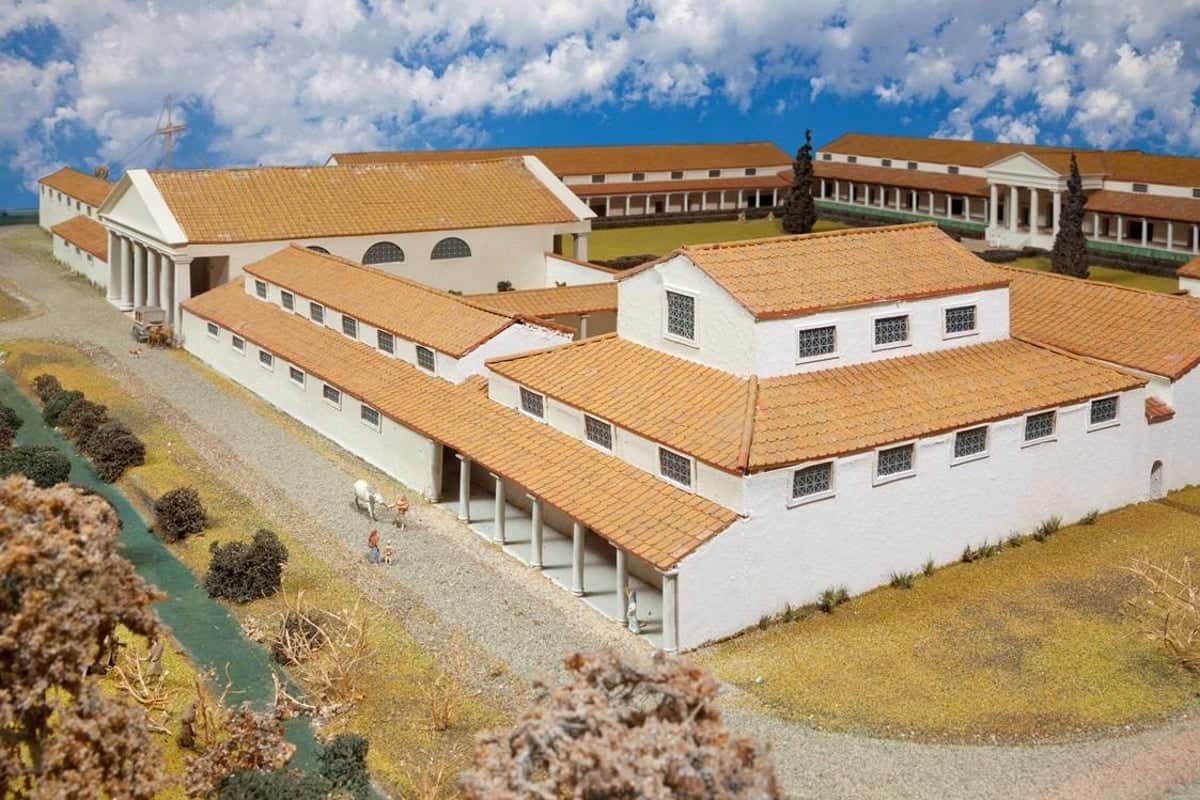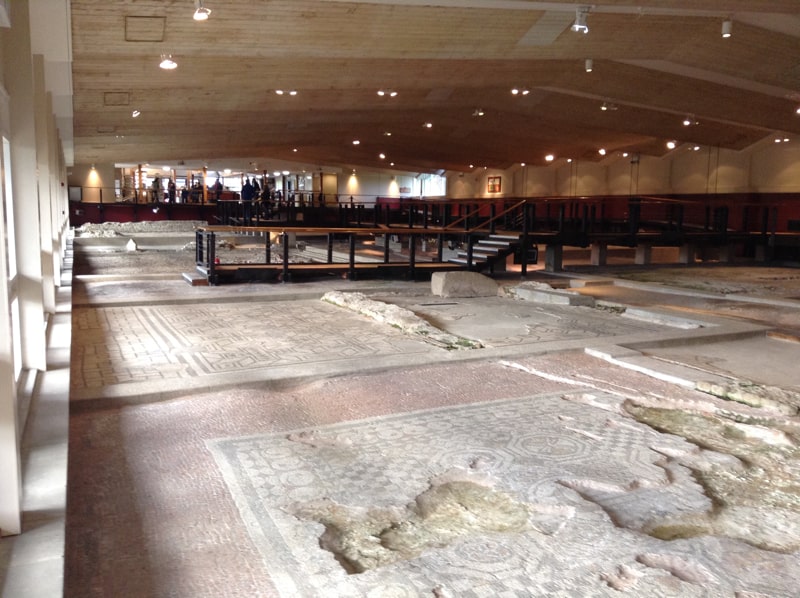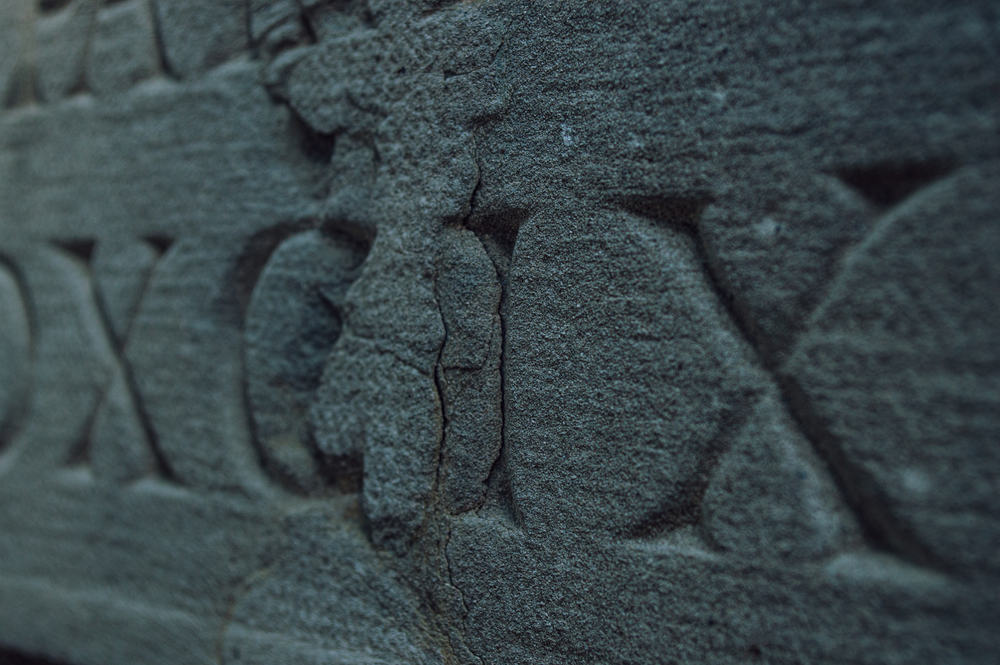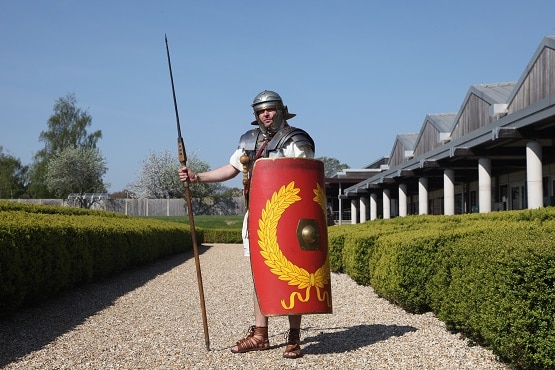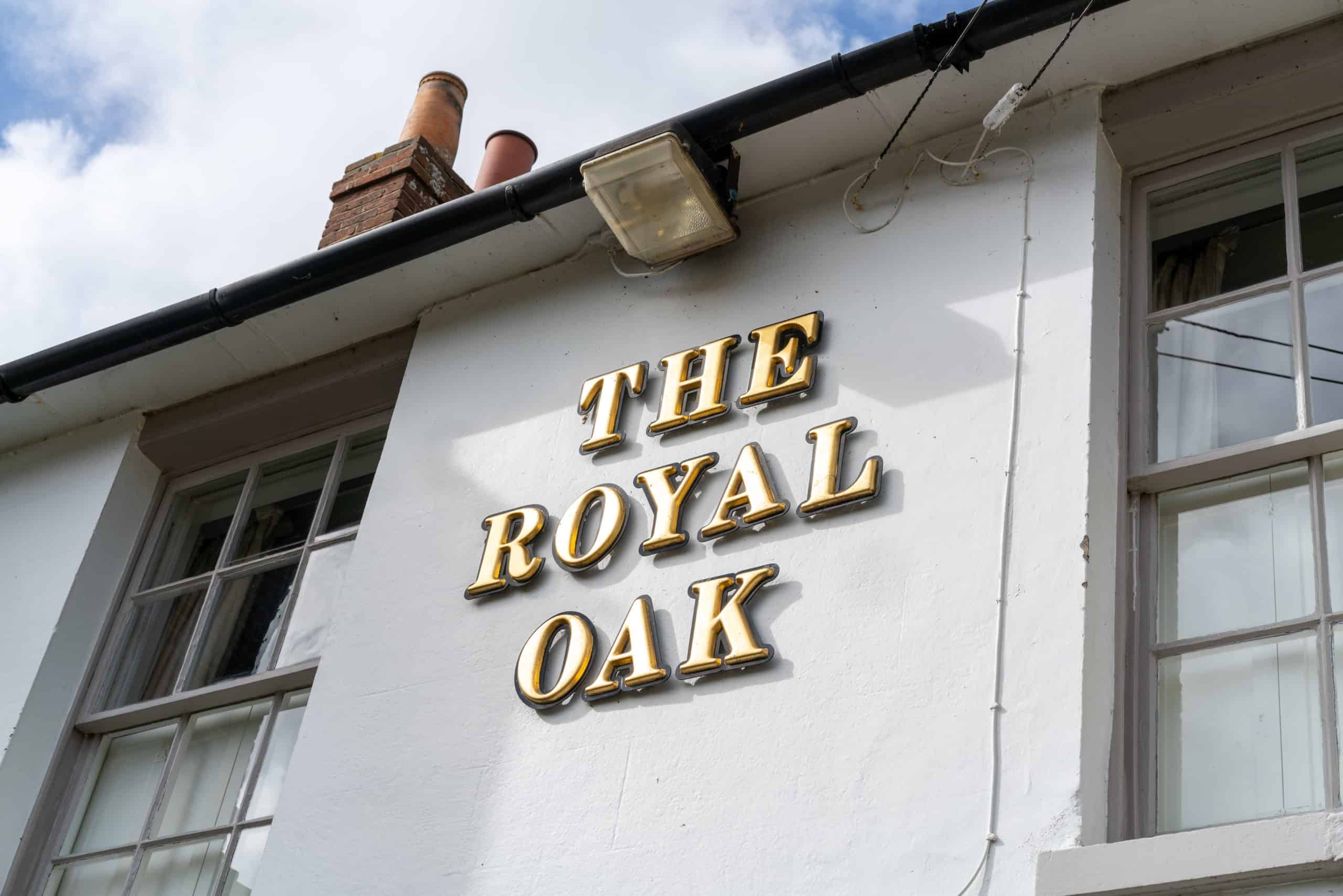A Brief Overview of Fishbourne Roman Palace
The story of Fishbourne Roman Palace began in 1960 when local workmen stumbled upon an unexpected treasure while digging a trench. Unbeknownst to them, they had uncovered the remains of a luxurious Roman villa, and what followed was a meticulous archaeological excavation that unveiled one of the largest and most well-preserved Roman residences in Britain.
The palace’s discovery was a turning point in the understanding of Roman influence in Britain during the 1st century AD. Archaeologists unearthed an extensive complex featuring a large courtyard, intricate mosaic floors, and evidence of opulent living spaces. The site quickly became a treasure trove of artefacts, shedding light on the daily lives, cultural practices, and artistic achievements of the Roman occupants.



